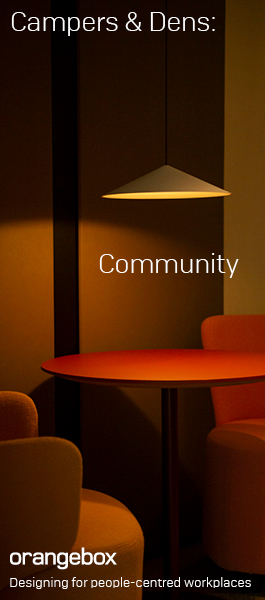To provide the best experiences, we use technologies like cookies to store and/or access device information. Consenting to these technologies will allow us to process data such as browsing behaviour or unique IDs on this site. Not consenting or withdrawing consent, may adversely affect certain features and functions.
The technical storage or access is strictly necessary for the legitimate purpose of enabling the use of a specific service explicitly requested by the subscriber or user, or for the sole purpose of carrying out the transmission of a communication over an electronic communications network.
The technical storage or access is necessary for the legitimate purpose of storing preferences that are not requested by the subscriber or user.
The technical storage or access that is used exclusively for statistical purposes.
The technical storage or access that is used exclusively for anonymous statistical purposes. Without a subpoena, voluntary compliance on the part of your Internet Service Provider, or additional records from a third party, information stored or retrieved for this purpose alone cannot usually be used to identify you.
The technical storage or access is required to create user profiles to send advertising, or to track the user on a website or across several websites for similar marketing purposes.
 A new report from work-life balance charity Working Families claims that there remains a pressing need for increased support for working parents during the COVID-19 pandemic. The report is informed by queries to the charity’s free legal advice helpline, which the charity says have quadrupled since the start of the pandemic. Since mid-March, over 36,000 people have accessed the charity’s coronavirus-focused legal advice web pages. (more…)
A new report from work-life balance charity Working Families claims that there remains a pressing need for increased support for working parents during the COVID-19 pandemic. The report is informed by queries to the charity’s free legal advice helpline, which the charity says have quadrupled since the start of the pandemic. Since mid-March, over 36,000 people have accessed the charity’s coronavirus-focused legal advice web pages. (more…)










 A report released by
A report released by 




 Organisations across Europe are facing a skills challenge caused by digital transformation, with many struggling to keep pace with learning and development (L&D) needs, claims research from
Organisations across Europe are facing a skills challenge caused by digital transformation, with many struggling to keep pace with learning and development (L&D) needs, claims research from 
 A gap exists between the way leaders and employees view progress toward equality in their organisations, according to new research from
A gap exists between the way leaders and employees view progress toward equality in their organisations, according to new research from 
 More than half of all strategic decisions made by directors turn out to be wrong according to
More than half of all strategic decisions made by directors turn out to be wrong according to 
 New research from
New research from 










March 25, 2020
The good, the bad and the ugly of workplace wellbeing
by Chris Pinner • Comment, Wellbeing